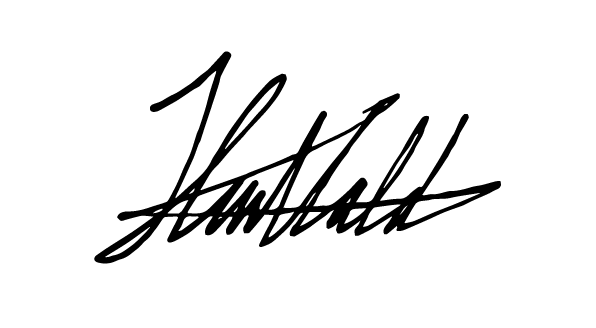ARTIST'S STATEMENT
My name is Ilán Valdés, a Peruvian audiovisual communicator.
I am now an artist.
(Have I always been an artist, does it matter?)
When I worked in Production Design, the challenge was to recreate the character’s universe. It’s space. I believe our reality consists in the overlapping of other coexistent realities. I’ve always wanted to capture that. As a photographer, I used to focus my research on identity, now I want to talk about other, even more universal subjects, such as the unnoticed coexistence of perceptions. Identities, in my opinion, are constructed as overlays too. A sum of parts that coexist and pre-domain with more and less intensity
I am currently designing models to try to represent these ideas, or to generate an intent to publicly share. I use light polarization and the phenomenon of birefringence to vacuum 3D models of 2D images onto transparent plastics that then I filter using different displays for the audience to interact with. (The molecule stress can correlate to scale, or it can not necessarily respond to it or have a proportional relation. However, I believe it is possible to design a model that does that.).
In short, I am interested in how a piece of transparent plastic can become a rainbow using the correct tools, where you stand and how you layer translucid materials in relation to light.
The idea behind it is that I want to represent how our perception of the plastic -or glass- object shifts when polarized. Light is divided and we are able to distinguish how molecules are overlapping as we generate stress. I like to think that therefore, I am showing how one is capable of understanding that overlays happen physically, as well as ideologically within our communities. How humans inhabit a biologically biased perception of reality.
UNIT 3 PROPOSAL
For unit 3, I plan to find a formal display to show the light polarization phenomenon using a transparent photographic object – model as a sample.
Due to the fact that I am currently prototyping two different displays, a circular flat one and a plinth (I develop this in further detail in the process section), I will have to decide if either, both or neither function for this purpose.
Another important part is selecting the correct visual pieces for the images I want to print. Ideally the images should not only allow the image to be readable, but also hint regarding the themes that I find relevant, such as the ideas of coexistence, dichotomies and overlay. The idea filtering the light comes across to introduce different ways of perceiving transparency.
I intend to continue making contacts and organizing potential contacts with publishers and galleries by tracking them on a spreadsheet. This way, I can filter the relevance they have to my practice, and keep track of the replies. Unit 3 should ideally be a space to provide myself with contingence plans.
I am also trying to come to terms with the “wow factor” in a small-scale piece. I am trying to find a way to integrate the immersive, as well as the interactable, without distracting from the piece. One possibility I encountered to do this is by displaying my work in a way that the important or key pieces have their own space and don’t compete with other type of media exploration.
Research wise, I look forward to explore the possibility to translate scale to the Michel – Levy’s birefringence colour chart to assign the resulting colours (from sample thickness in mm and retardation) to different height values. Resources such as Topographic mapping tools and colour distribution softwares will be relevant for this part. This is a long-term project, so finishing a singular display that works is my priority at the moment.
My research is currently in a place where connections between practices is key, so it makes sense so research this subject from different practice scopes. Perception can be addressed from different art and science practices such as psychology, neuroscience, engineering, as well as different schools of thought, disciplines, philosophical systems theories or aesthetic judgments. Research is constant and most of the results and further adaptations are encountered within the research processes.
My findings have interested people that I am working with, and therefore I trust in the natural processes that comes with exploring the possibilities of manipulating transparent and iridescent plastics vacuumed onto photographic 3D models. I believe it is my work from now on to focus on how these tools can be used to correctly communicate and display the ideas that motivate the workpiece.
For the exhibition, I plan to have two walls. One, to hang the main interactive piece at eye-height. The other wall should be higher to stack paintings and rotate them in relation to the original orientation’s display intent for them to occupy the whole wall’s height. The different pieces sizes will generate secondary shapes. I will be using some of Gestalt’s principles to inspire the way in which the accumulation of pieces will be occupying the wall.
X X X
This is how I imagine the pieces being displayed. The left wall has only the polarizing image model. On the left, painting artworks are stack in different orientations.

